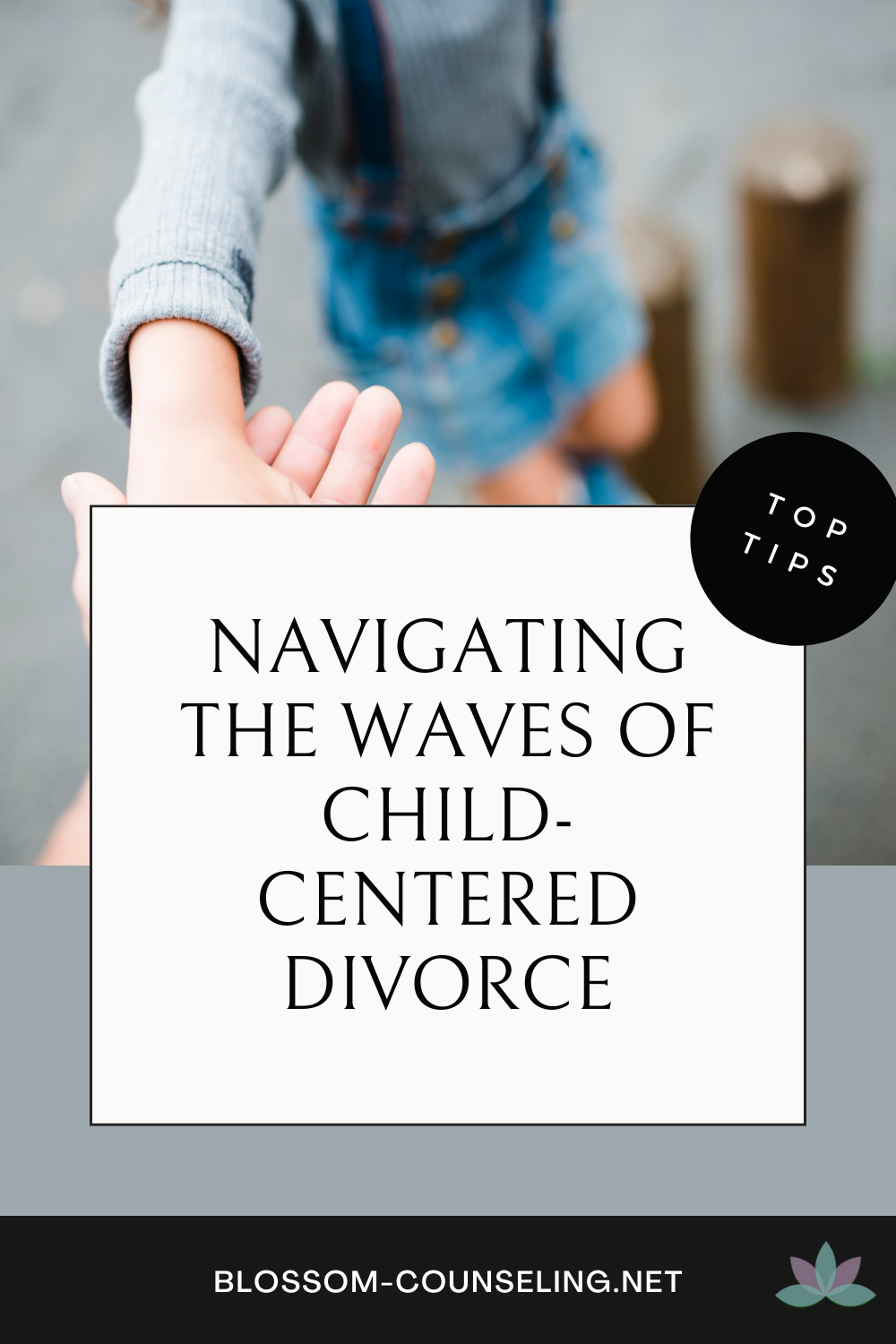
Let’s face it, divorce isn’t just about two adults deciding to part ways. When kids are in the picture, it morphs into a more intricate dance of emotions, adjustments, and yes, even opportunities. In a child-centered divorce, the spotlight shifts to the well-being of the children, ensuring they ride out this life transition on a boat that’s steady, secure, and full of understanding.
Understanding the Child’s Perspective
Imagine being on a familiar road and suddenly finding the path split in two – that’s divorce through a child’s eyes. They often grapple with feelings of confusion, guilt, and anxiety about the future. So, how do we ease this journey for them? The key lies in understanding and empathy.
Open Communication: The Golden Bridge
Transparency is crucial. It’s about explaining the changes in a way that’s age-appropriate and reassuring. Let them know that while mom and dad might not live under the same roof, the love for them doesn’t change. This approach not only fosters trust but also helps children feel secure in expressing their own feelings.
Co-Parenting: A Harmonious Symphony
Co-parenting is like conducting a symphony – it demands cooperation, coordination, and sometimes, biting your tongue for the greater good. It’s about setting aside personal differences to attend parent-teacher meetings, celebrate birthdays, and navigate the ups and downs of parenting as a united front.
The Power of Routine
In the whirlwind of change, routine acts as an anchor. Keeping bedtime stories, weekend pancakes, or park visits consistent provides a sense of normalcy. It’s like saying, “Some things might change, but these moments are here to stay.”
Emotional Support: The Invisible Safety Net
Children might not always verbalize their emotions about the divorce. It’s important to keep an eye out for behavioral changes – perhaps they’re more withdrawn, or their grades are slipping. Gentle conversations, engaging in their favorite activities, or seeking professional help if needed can be powerful ways to show support.
New Traditions, New Memories
While honoring old traditions, there’s room to create new ones too. Maybe it’s a weekly movie night at dad’s or baking sessions at mom’s. These new rituals aren’t just fun; they’re symbolic of a new chapter of love and bonding.
The Takeaway
Navigating a child-centered divorce is like balancing on a tightrope of emotional intelligence, patience, and loads of love. It’s about reassuring our children that while the family landscape is changing, the foundation built on love, respect, and care remains rock-solid. This approach not only helps children adapt more healthily but also paves the way for parents to embark on their new journeys with a sense of peace and positivity.
Remember, the goal isn’t to shield children from the reality of divorce but to equip them with the understanding, stability, and support to process and grow through it. In the end, a child-centered approach transforms a challenging life event into an opportunity for growth, resilience, and strengthened family bonds.
|
|


